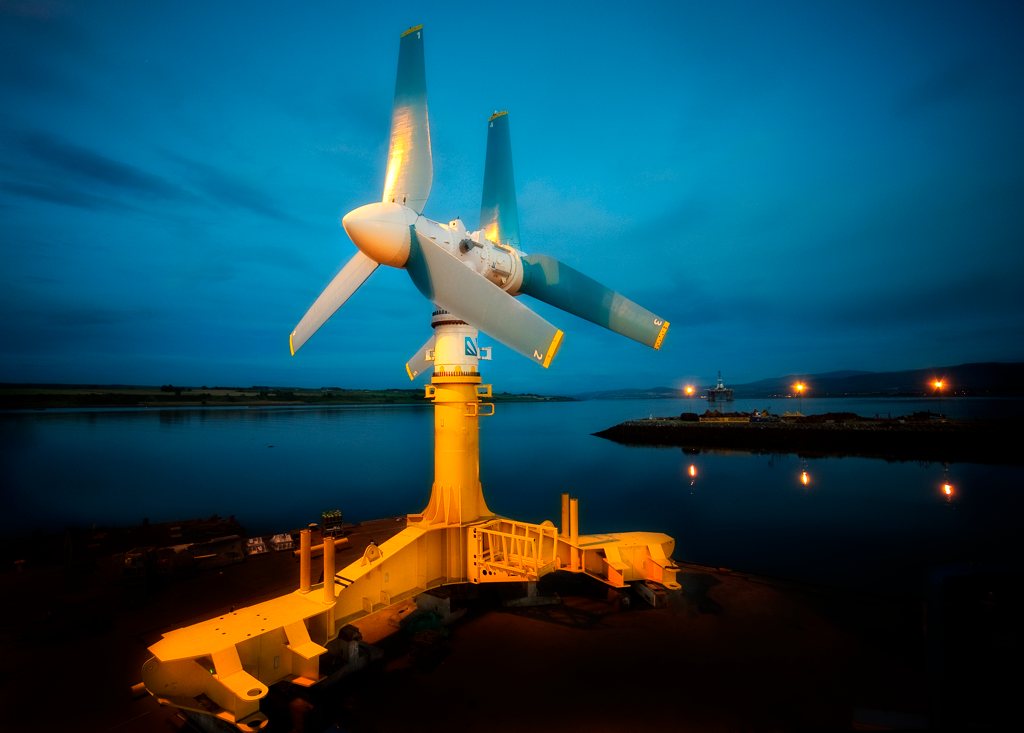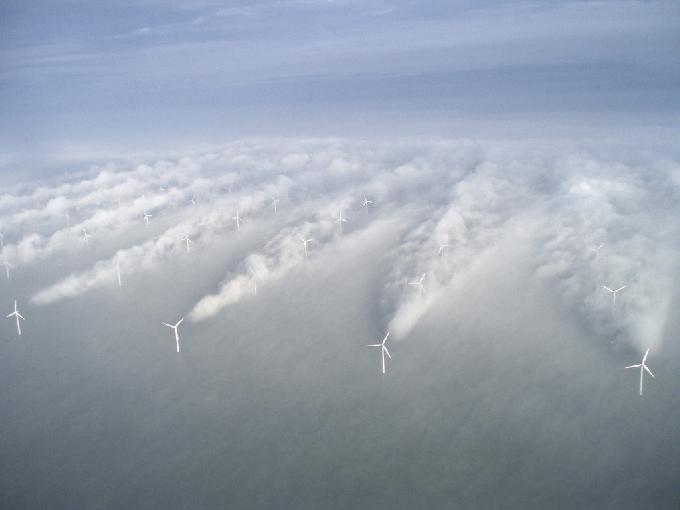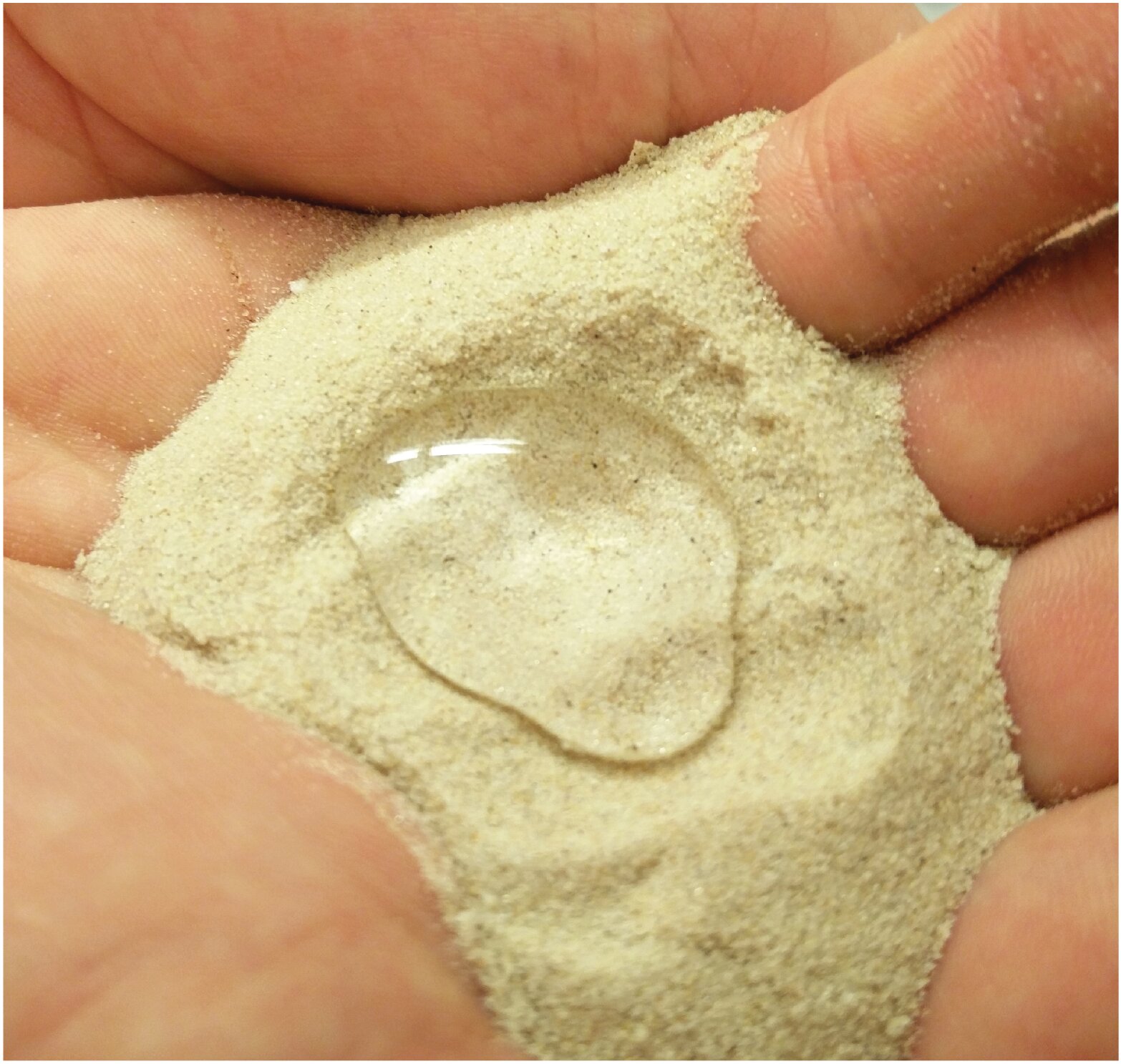Interaction between the Earth and Moon, two huge masses that create gravitational forces, account for the Earth’s “tidal system” and is the basis for human attempts to harness the kinetic energy generated by tides and currents. All over the world tidal generation is expanding and the first US tidal energy project has been built in Maine and New York City may soon have a tidal energy installation in the East River.
The half-day cycle, a period of 12 hours and 25 minutes between successive high or low waters actually creates bulging in the water’s surface due to the attraction of the moon on the side of the earth facing the moon and a bulge due to inertial forces on the side of the earth opposite to the moon.
Tides are like clockwork. They are so regular that harvesting the energy produced by them should be a reasonably simple process. Five of the most promising areas for tide harvesting systems are La Rance, France; Bay of Fundy, Canada; Annapolis, Nova Scotia; Severn Estuary, England; and Garolim Bay, South Korea: these locations have relatively high mean tidal amplitudes and large basin areas from 4 sq. miles (6 sq. km) to 260 sq. miles (420 sq. km) Ocean Renewable Power Inc. is linking up tidal energy projects with electric grids worldwide.
Ancient Tide Harnessing and Methods
During Roman times several tide mills were built in England to grind grain and corn. The tide mills would store water behind a dam during high tide and the water would be let out slowly from behind the dam to power a mill. An ancient tidal mill dating back to 787 A.D. was recently uncovered in England and these type of mills were used from time to time during the Industrial Revolution. This represents the first generation, barrage-style power plants which are no longer feasible. The Eling Mill in England is still operational and is still used daily.
Modern Tide Harnessing Technology & Innovation
Many ancient technologies are making a comeback and contributing to the green revolution.
The second generation tide harnessing technology is the exploitation of tidal currents or tidal streams to produce power. New devices are being developed that can generally be described as vertical and horizontal axis devices which depending on their orientation to the ocean floor. There are also novel devices like underwater kites.
Rotating shafts turn a gearbox link to a turbine with the help of large slow rotating rotor blades. These are simply underwater windmills. As of yet the technology is relatively young and no design consensus has emerged thus far. As the chart below shows the world is beginning to explore tidal energy systems and if initial projects are successful, the rate of pace will most certainly pick up.
Click to enlarge following chart:
Other Types of Tidal Wave Technologies:
- attenuators – floating articulated devices
- oscillating water column – shore-based plants
- absorbers – submerged devices
- overtopping devices – slack-moored overtopping mechanisms
- oscillating water columns – floating systems
- absorbers- pre-floating point absorbers or buoys
Advantages of Tidal Current Power Generation
The main advantages of tidal current power generation is it doesn’t require construction of dams which are very expensive. Harnessing technologies are efficient because they produce electricity when tides are ebbing and surging. First generation barrage-style structures only generated electricity when the tide was ebbing. Vertical access tidal generators can be stacked. Tidal current energy is very predictable and projections can be made several years in advance as to how much energy is likely to be generated.






